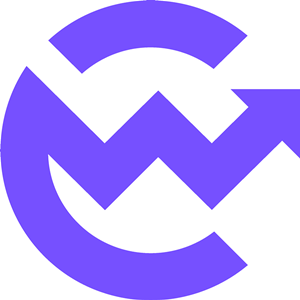
PARTI
项目开始时间

2025年3月25日
关于
1. Background IntroductionParticle Network is a full-stack Web3 infrastructure platform that provides developers with tools to build decentralized applications (dApps) efficiently. The website features a modern, minimalist design with a focus on developer experience. Founded in 2022, Particle Network has positioned itself as a middleware solution bridging Web2 and Web3 development paradigms. The platform primarily targets blockchain developers, startups, and enterprises looking to integrate Web3 functionality into their applications.2. Core Website ContentThe website highlights three main product offerings: Connect Service (wallet authentication), NFT Service, and Node Service. Key features include social logins (Google, Twitter etc.), gasless transactions, and cross-chain compatibility. The documentation section provides comprehensive API references and SDK integration guides for various programming languages. The platform supports multiple blockchains including Ethereum, BSC, Polygon, and Solana.3. Technical FeaturesParticle Network employs a modular architecture with several innovative components: Universal Account Abstraction enables seamless Web2-style onboarding, while their Smart Wallet-as-a-Service handles key management. The platform uses MPC (Multi-Party Computation) technology for secure key management. Technical documentation reveals they've built a "Unified API Layer" that normalizes differences between supported blockchains.4. Token EconomicsWhile the website doesn't explicitly mention a native token, their documentation references "Particle Credits" as the payment mechanism for API usage. The economic model appears to follow a SaaS-style subscription approach with pay-as-you-go options. Enterprise plans offer custom pricing with volume discounts. Notably, the platform abstracts gas fees through their account abstraction layer, potentially using stablecoins or credit systems for settlement.5. Competitive ComparisonCompared to Alchemy: Particle Network offers more comprehensive wallet solutions but has fewer supported chains; Versus Moralis: Provides deeper social login integration but less historical data access; Contrasted with WalletConnect: Delivers better user onboarding but requires more centralized components. Unique value proposition is combining wallet infrastructure with developer-friendly APIs while maintaining decentralization principles.6. Risks and ChallengesKey risks include: Dependence on centralized components for key management despite using MPC technology, potential regulatory scrutiny around social logins, and competition from chain-specific SDKs. Technical challenges involve maintaining cross-chain consistency and handling the complexity of account abstraction at scale. Business model risks stem from reliance on API usage fees in a market with strong open-source alternatives.7. Industry FutureRoadmap indicates plans to support zkSync Era and StarkNet in upcoming quarters. Strategic direction suggests focus on becoming the "Stripe for Web3" by expanding payment-related features. Potential growth areas include DeFi onboarding tools and enterprise-grade security modules. Long-term success depends on balancing ease-of-use with sufficient decentralization to maintain developer trust as the regulatory landscape evolves.8. ConclusionParticle Network represents a compromise between Web2 convenience and Web3 principles, offering developers a streamlined path to blockchain integration. The platform excels at abstracting crypto complexities for mainstream adoption but faces challenges in maintaining decentralization. Recommended for projects prioritizing user experience over pure decentralization. Future viability hinges on their ability to differentiate from both traditional infrastructure providers and emerging decentralized alternatives while navigating an uncertain regulatory environment. 更多>























































 看多
看多
 看空
看空